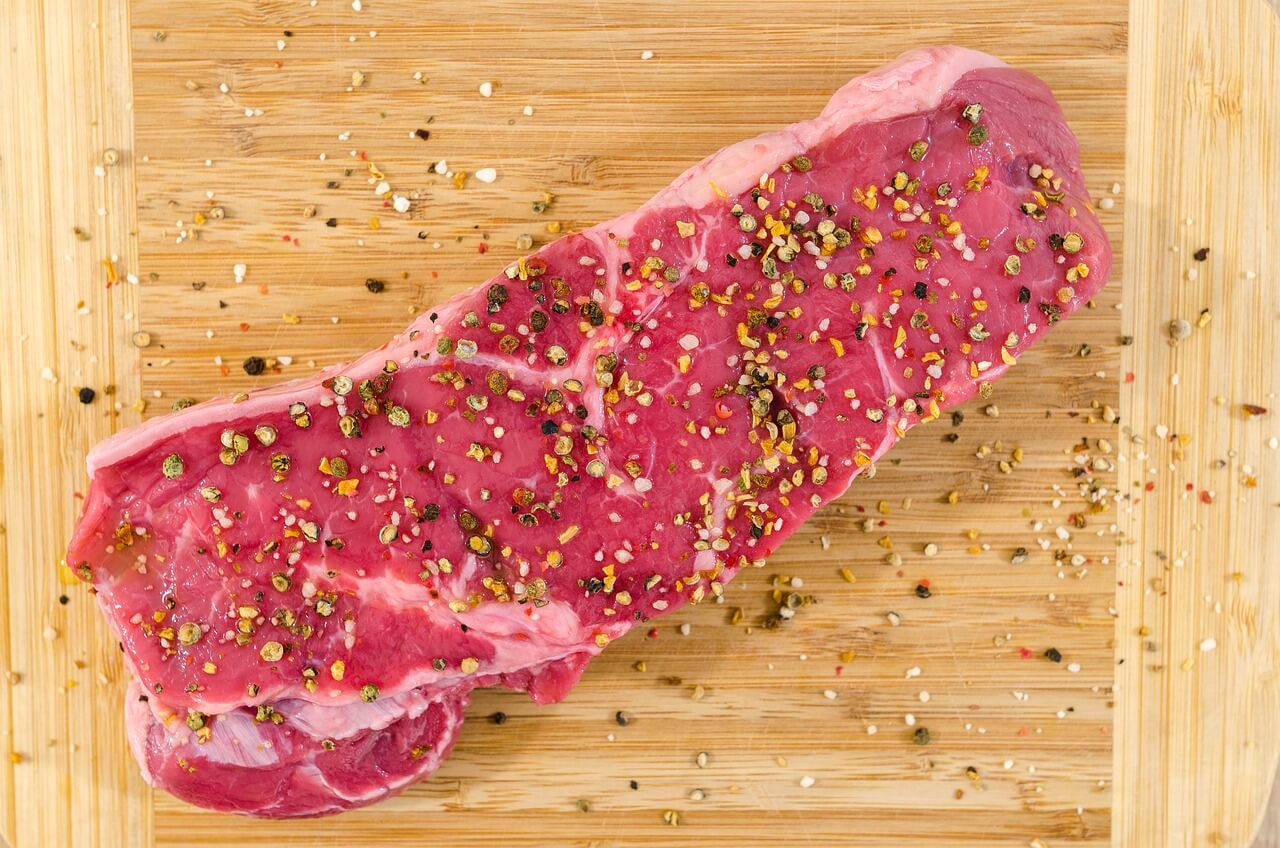When it comes to kitchen hygiene, one of the most overlooked aspects is the use of separate cutting boards for raw meat.
This practice is a culinary tradition and a scientifically backed method to prevent cross-contamination and ensure food safety.
In this micro-post, we delve into the science behind cutting boards and why having separate ones for raw meat matters.
Jump To:
- The Importance of Separate Cutting Boards
- The Science of Cross-Contamination
- Health Risks Associated with Cross-Contamination
- The Role of Cutting Boards in Preventing Cross-Contamination
- Choosing the Right Cutting Board for Raw Meat
- Frequently Asked Questions
- Conclusion
- Further Reading
The Importance of Separate Cutting Boards
The concept of using separate cutting boards for raw meat and other food items is rooted in the principle of preventing cross-contamination. Cross-contamination occurs when harmful bacteria or other microorganisms are unintentionally transferred from one substance or object to another, with potentially harmful effects.
In the context of a kitchen, this often happens when a cutting board used for raw meat comes into contact with other food items, utensils, or surfaces.
The Science of Cross-Contamination
Raw meat, especially poultry, is often a carrier of harmful bacteria such as Salmonella and Campylobacter.
When these meats are cut on a board, the bacteria can transfer onto the board's surface. If the same board is then used to chop vegetables or prepare other foods without proper cleaning, the bacteria can transfer onto these foods.
Since these foods are often consumed raw or lightly cooked, the bacteria can survive and cause foodborne illnesses when ingested.
Health Risks Associated with Cross-Contamination
The health risks associated with cross-contamination are significant. Foodborne illnesses caused by bacteria like Salmonella and Campylobacter can lead to symptoms ranging from mild discomfort to severe dehydration and, in extreme cases, can even be life-threatening.
By using separate cutting boards for raw meat, you can significantly reduce the risk of such cross-contamination.
The Role of Cutting Boards in Preventing Cross-Contamination
Cutting boards play a crucial role in preventing cross-contamination. By dedicating specific boards for raw meat, you can ensure that harmful bacteria are confined to those boards.
It's also essential to clean these boards thoroughly after each use, as bacteria can survive in the grooves and scratches on the board's surface.
Dishwasher-safe, non-porous boards made of plastic or composite materials are often the best choice for raw meat, as they can be cleaned and sanitized effectively.
Choosing the Right Cutting Board for Raw Meat
When choosing a cutting board for raw meat, consider factors such as material, size, and ease of cleaning.
Plastic boards are often recommended as they are non-porous and won't absorb juices from the meat, reducing the risk of bacteria growth. However, some prefer wooden or bamboo boards for their durability and natural antimicrobial properties.
Whichever type you choose, ensure it is used exclusively for raw meat and cleaned thoroughly after each use.
Frequently Asked Questions
Why should I use a separate cutting board for raw meat?Using a separate cutting board for raw meat helps prevent cross-contamination, reducing the risk of foodborne illnesses caused by bacteria like Salmonella and Campylobacter.
What type of cutting board is best for raw meat?
Non-porous, dishwasher-safe boards made of plastic or composite materials are often recommended for raw meat, as they can be cleaned and sanitized effectively. However, some prefer wooden or bamboo boards for their durability and natural antimicrobial properties.
How should I clean my cutting board after using it for raw meat?After using a cutting board for raw meat, it should be cleaned immediately with hot, soapy water, then rinsed and dried. If the board is dishwasher-safe, it can be sanitized in a dishwasher.
Can I use a glass cutting board for raw meat?
While glass cutting boards are non-porous and easy to clean, they are not recommended for cutting raw meat as they can dull knives quickly and are prone to chipping or breaking.
Conclusion
Understanding the science behind cutting boards and the importance of using separate ones for raw meat is crucial for maintaining kitchen hygiene and preventing foodborne illnesses. You can ensure a safe and healthy cooking environment by choosing the right cutting board and following proper cleaning practices.
Related Articles
- Kitchen Hygiene: Cleaning and Caring for Your Cutting Boards - Discover practical tips on maintaining cleanliness and prolonging the life of your cutting boards in this detailed guide.
- Understanding Color-Coded Cutting Boards: The Role of Red - Explore the world of color-coded cutting boards and the importance of the red board in this comprehensive article.
- CuttingBoard.com's article 'Top Five Benefits of a Bamboo Cutting Board' highlights the reasons bamboo stands out as a superior material for your kitchen.
- If you're looking for a new cutting board specifically designed for raw meat, check out our article on the best cutting boards for raw meat.



